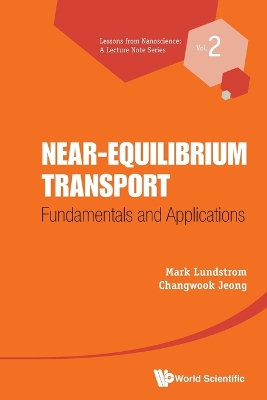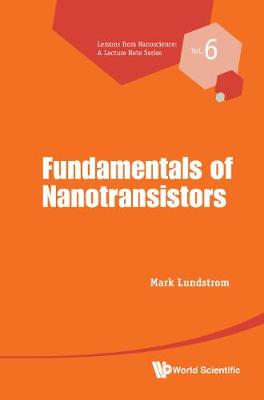Lessons from Nanoscience: A Lecture Notes
2 primary works
Book 2
Near-equilibrium Transport: Fundamentals And Applications
by Mark S Lundstrom and Changwook Jeong
Published 22 January 2013
These lectures are designed to introduce students to the fundamentals of carrier transport in nano-devices using a novel, “bottom up approach” that agrees with traditional methods when devices are large, but which also works for nano-devices. The goal is to help students learn how to think about carrier transport at the nanoscale and also how the bottom up approach provides a new perspective to traditional concepts like mobility and drift-diffusion equations. The lectures are designed for engineers and scientists and others who need a working knowledge of near-equilibrium (“low-field” or “linear”) transport. Applications of the theory and measurement considerations are also addressed. The lectures serve as a starting point to an extensive set of instructional materials available online.
Book 6
The transistor is the key enabler of modern electronics. Progress in transistor scaling has pushed channel lengths to the nanometer regime where traditional approaches to device physics are less and less suitable. These lectures describe a way of understanding MOSFETs and other transistors that is much more suitable than traditional approaches when the critical dimensions are measured in nanometers. It uses a novel, "bottom-up approach" that agrees with traditional methods when devices are large, but that also works for nano-devices. Surprisingly, the final result looks much like the traditional, textbook, transistor models, but the parameters in the equations have simple, clear interpretations at the nanoscale. The objective is to provide readers with an understanding of the essential physics of nanoscale transistors as well as some of the practical technological considerations and fundamental limits. This book is written in a way that is broadly accessible to students with only a very basic knowledge of semiconductor physics and electronic circuits.

